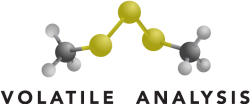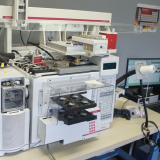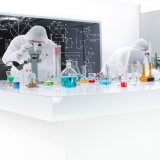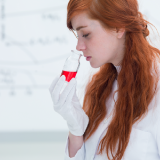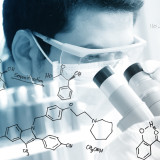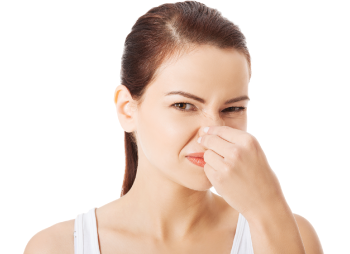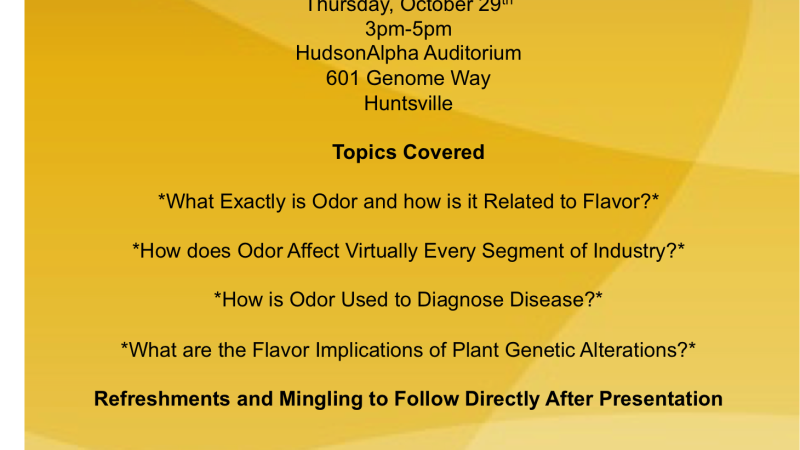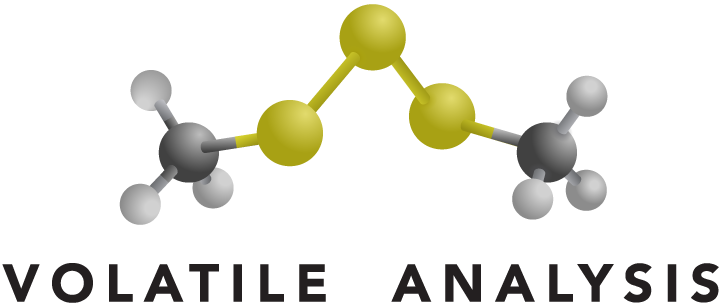
Apparel & Footwear
Description of Industry
Off-odors may be problematic in apparel and footwear due to interactions between perspiration and microorganism activity. Odor may be absorbed and concentrated in apparel and footwear. Common strategies employed by companies in these industries focus on creating technologies to eliminate the microorganisms, or technologies that absorb odor. Volatile Analysis’ experts understand the nature of the odors, and technologies that will accomplish these goals. VAC designs and conducts studies that measure correlations between bacteria and off-odor. These type of studies allow for comparing and contrasting of your technologies effectiveness in relationship to your competitors.
Off-odor issues arise in the apparel and footwear industries from issues other than sweat and bacteria. Raw materials used in apparel and footwear, as well as the finished product, may develop odors after exposure to external elements during manufacture, shipping, or storage. VAC can quickly provide solutions to off-odor problems. Our scientists have many years of experience detecting and measuring odorous chemicals that impact virtually every industry.
Applicable Services
What we do
VAC understands how to manage odor. We design in depth studies to assist companies make claims in odor elimination, odor masking, elimination of odorous bacteria, and others. VAC will develop an odor strategy uniquely for your company. We understand odor and the potential impact of it on the success of your products. Volatile supports the needs of the apparel and footwear industry with odor chemistry from concept to on-going product acceptance by your customer.
Microbiology Correlation with Odor
This is a highly specialized area of chemistry. VAC has acquired top scientists in solving these types of problems to be ready when your company needs them. Whether you want to wait until an emergency exists or you desire to understand how microbiology is directly correlating with your products today, VAC can help. We can come alongside your internal analytical team and bring top talent to bear on these occasional types of issues keeping your costs down. To find out more about our abilities in this area click HERE.
Odor Baseline Establishment
Baseline GC-MS/O measurements have proved extremely helpful to our clients because they establish the aroma and chemical profile of a product considered good. When odor problems arise new GC-MS/O analyses can rapidly determine what chemical changes occurred compared with a product considered good to allow for production process examination and off odor mitigation. For more on this service click HERE.
New Product Development Aroma Support
To ensure new products exhibit desired aroma character and intensity, we employ spot-on sensory assessment, extraction methods and analytical analysis. Sensory includes quantitative descriptive analysis to ensure the attributes measured match those desired. Extraction methods depend on the nature of the material. Dynamic headspace extraction works for many products however specialized techniques such as sir bar sorptive extraction and solid phase micro-extraction also have a place. Analytical may employ GC-MS, GC-MS-MS, GC-MS/O, or other method appropriate to answer a specific question. If you need more information about how we can provide aroma support for new product development click HERE.
Sensory Panel Training
In building a sensory program sensory panel training is a must. By ensuring you have trained panelists that are able to perceive important changes in an aroma profile or be able to clearly articulate differences between products you can be more successful in customer satisfaction. Click HERE to learn more.
Competitor Product Comparison Testing
Whether the goal is to understand how well your product masks an odor compared to a competitor’s, or how well it releases various aroma chemicals compared to a competitor’s, VAC understands how to design and execute this type of project. If consumer validation is needed we can manage consumer sensory panels integrated with chemical quantification to get the best supporting data of your claims. For more information about this service click HERE.
Odor Strategy Development
Strategies depend on variables such as the state of material (liquid, solid, gas), chemical type of suspected odorant (some chemicals must be treated different due to unique characteristics), quantity of material available, accuracy of odor descriptors, to name a few.
Based on answers to an initial questionnaire we will utilize the most appropriate and advanced scientific techniques and instruments currently available to detect and measure volatile chemicals responsible for odor. To find out more about our Odor Strategy Development service click HERE.
